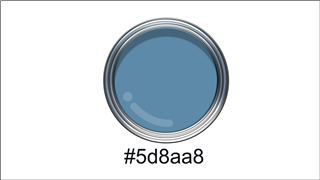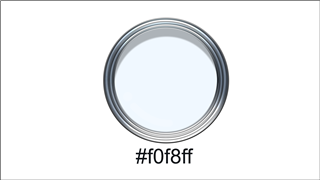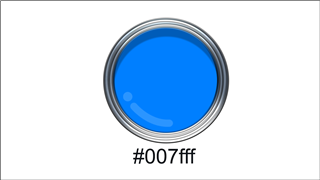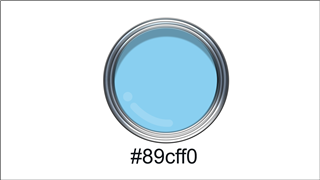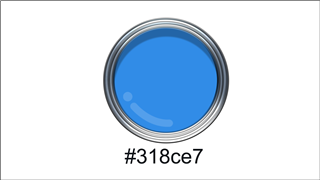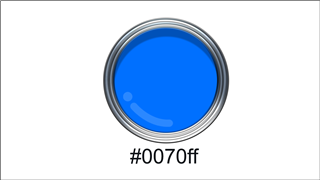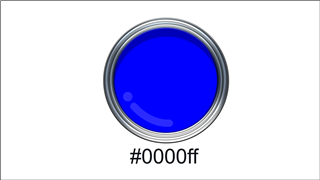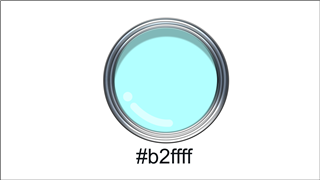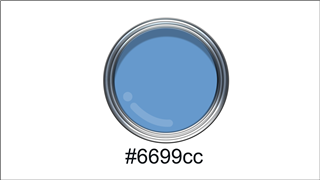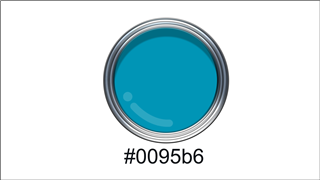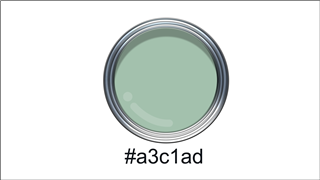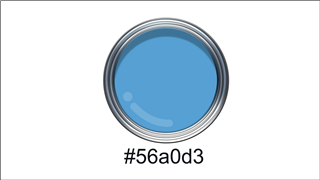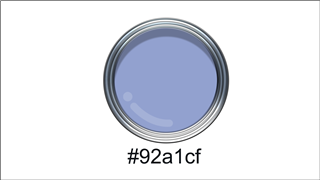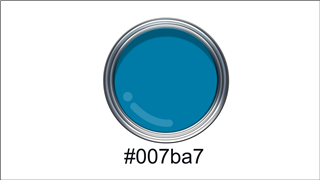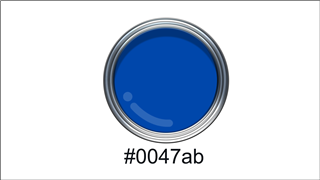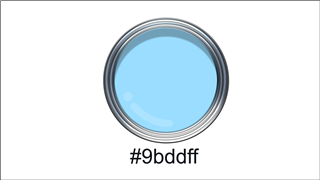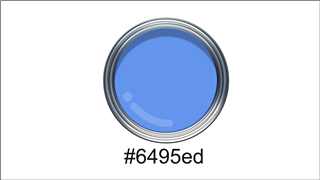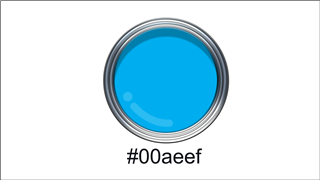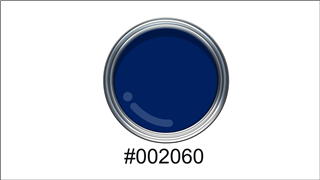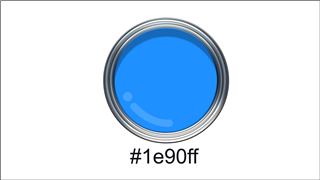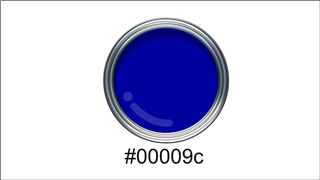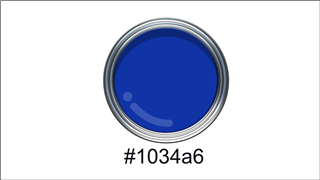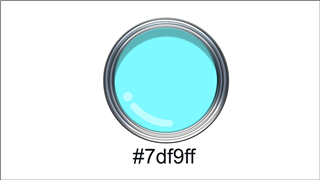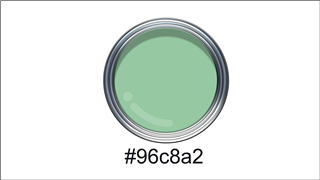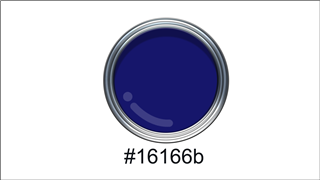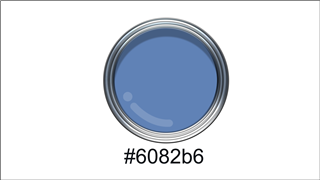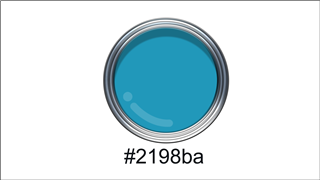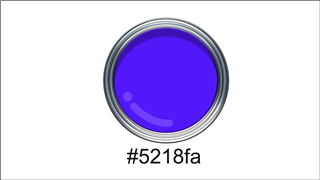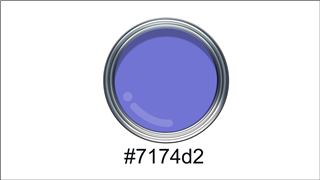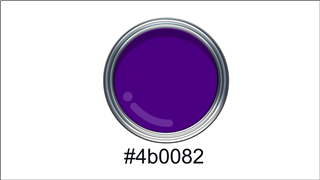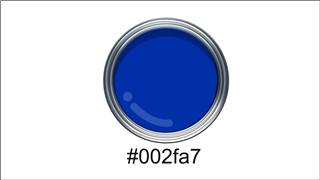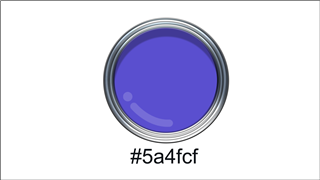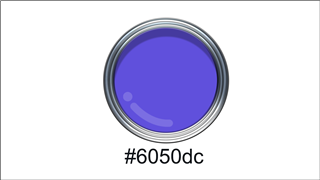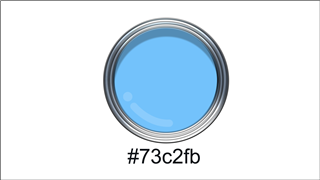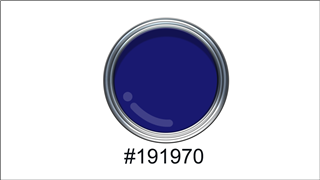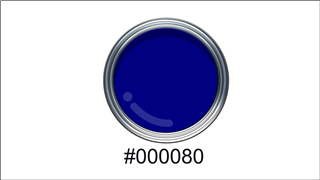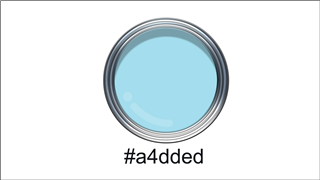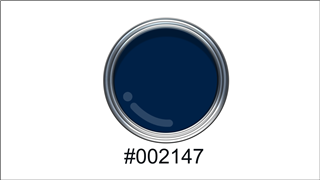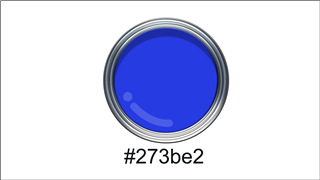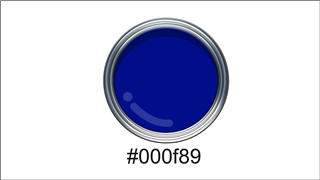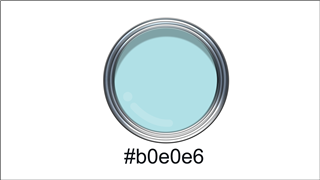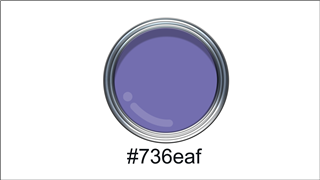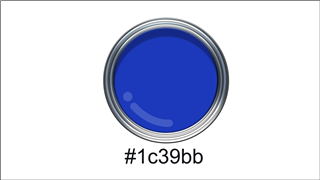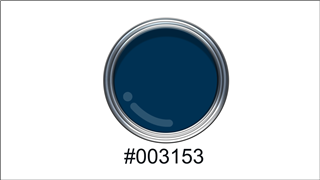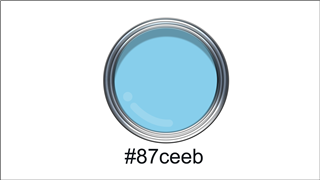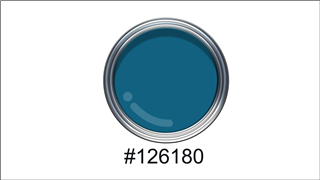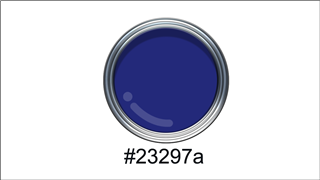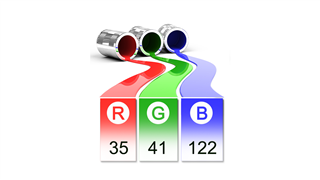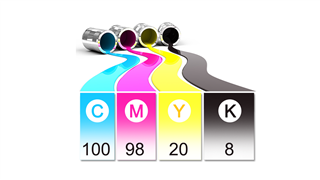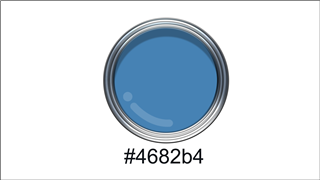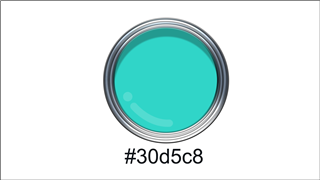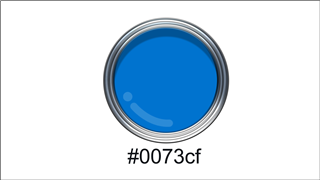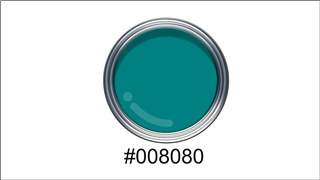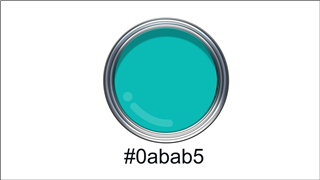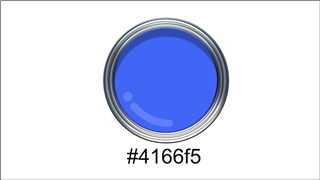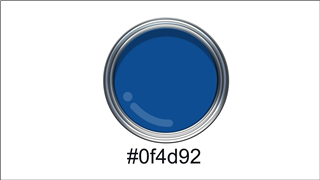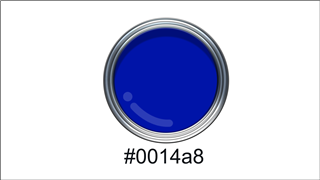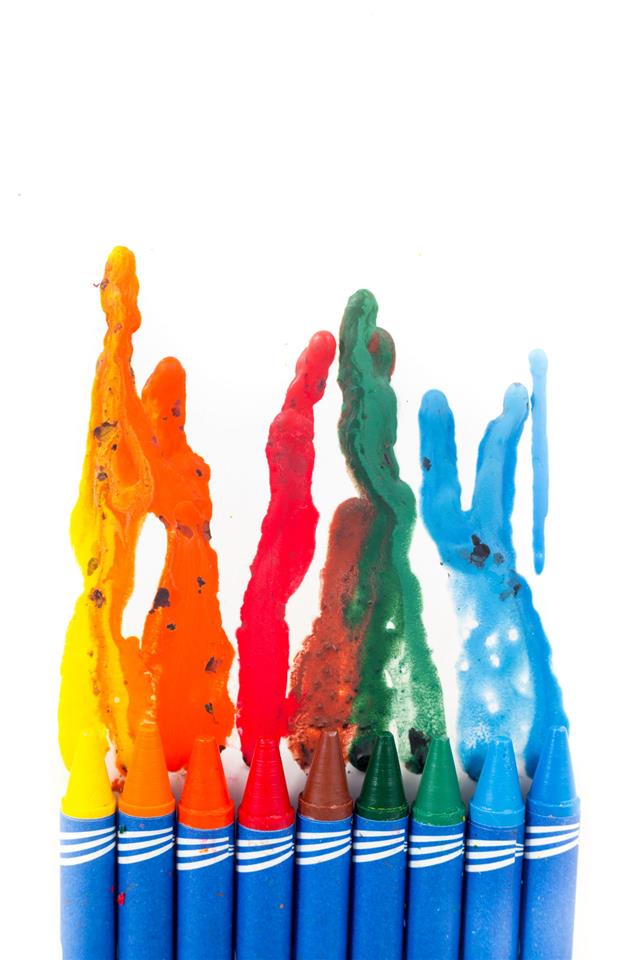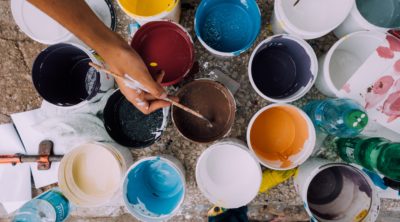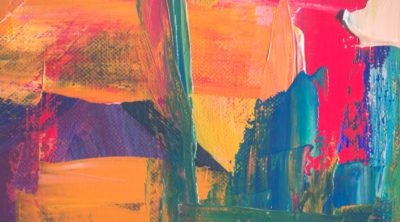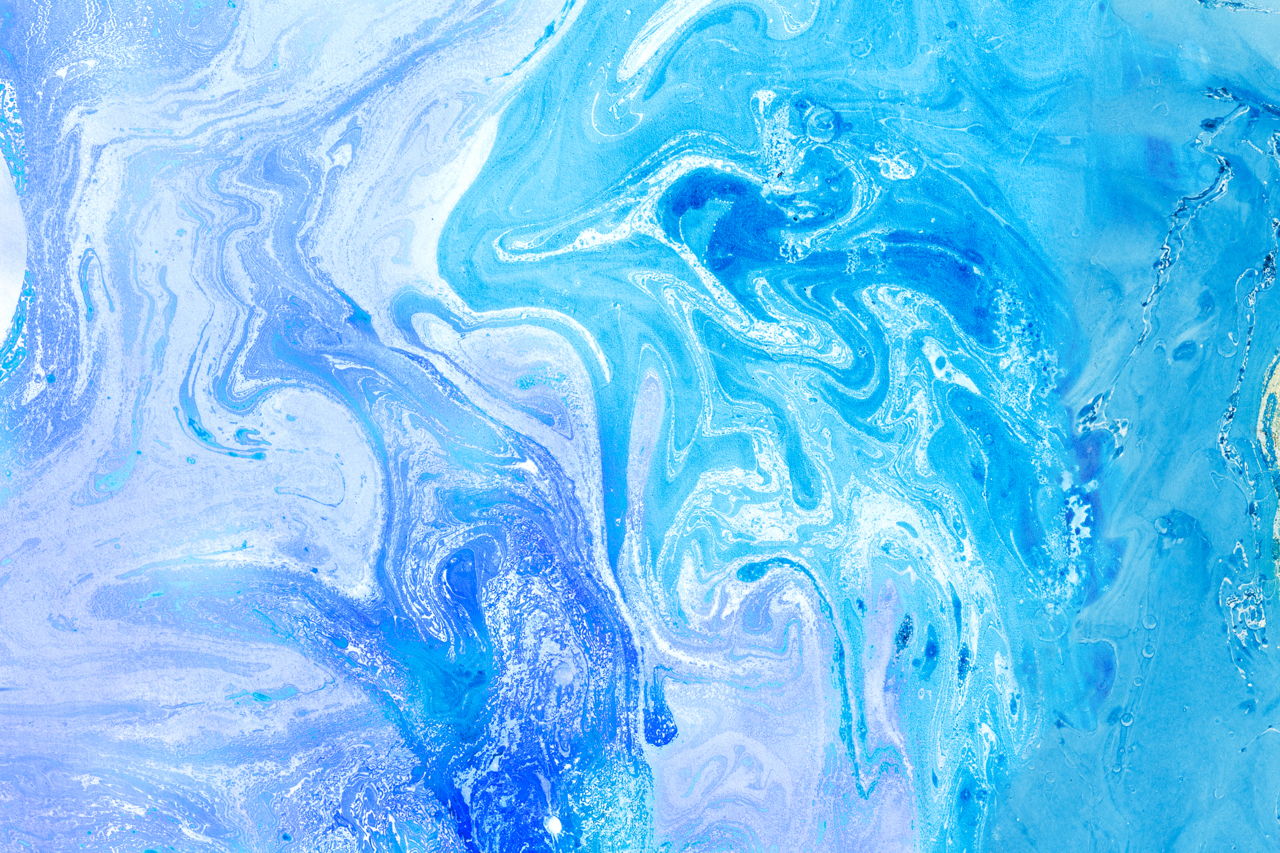
Blue is often considered the most soothing color in the universe. A natural shade, with a deep connect to nature, each one of us likes at least one shade in blue! The different hues and shades of blue are portrayed in the write-up below. Let’s have a look.
The first thing that comes to your mind when you think of blue is the sky. Just like the richness of this icy shade, the history of this color too, is rich and deep-rooted. The word blue is derived from the old French word ‘bleu’. In ancient times, it was only the rich who could afford blue, as this shade was derived from a semi-precious stone called ‘Lapis Lazuli’. However, with time this color became more generalized and a favorite among people. Right from a calm and soothing color to being the most loved fashion shade (blue denims), blue has conquered the imaginations of artists and commoners alike.
Different Hues of Blue
Air Force Blue
It is a medium shade of azure and is associated with the Royal Air Force (Britain).
Alice Blue
Named after the daughter of Theodore Roosevelt Longworth, this color created a fashion statement in the US. It is a light tint of azure.
Azure
It can be well described as a shade somewhere between cyan and the standard blue. Azure is also the color of the mineral Azurite.
Baby Blue
Aptly described as a soft and pastel shade, baby blue is a light tint of the azure shade.
Bleu de France
Blue has a historic association with France, and this shade is the color representing France.
Brandeis Blue
This shade of blue is the official color of the University of Brandeis, and can be described as a tone of azure.
Blue
The standard blue can be described as a shade formed between the spectrum of green and indigo light.
Bleu Celeste
This hue is more like a shade of light blue, sky blue, or a light shade of cyan.
Blue-Gray
As the name suggests, this shade of blue has a tint of gray. There are many variations of this shade.
Bondi Blue
This color is believed to be first named after the exterior of an Apple Computer (iMac G3). It can be described as a shade of cyan, resembling the color of Bondi Beach in Sydney.
Cambridge Blue
This is more of a greener shade of blue. It is the official color of the University of Cambridge and is used in many events of the university.
Carolina Blue
As the name suggests, this shade of blue is the official color of the University of Carolina.
Ceil
This hue is pale blue in color, and is mostly associated with surgical scrubs.This hue is pale blue in color, and is mostly associated with surgical scrubs.
Cerulean
This hue is also known as cobaltous stannate, and is a true blue color, with a hint of greenish blue. It is a stable color, and is hence loved by artists.
Cobalt Blue
This is a dense shade of blue, darker than sky blue but softer than navy blue. The pigment of this color is derived from cobalt and zaffre.
Columbia Blue
This shade of blue is the official color of the University of Columbia. It is a light shade of cyan blue.
Cornflower Blue
This blue is a medium shade of azure and has a slight tint of greenish-purple to it.
Cyan
It is a bluish-green color and is close to teal or turquoise. This is one of the primary colors in inkjet printing.
Denim Blue
This hue is the color of denim cloth, after being dyed with indigo.
Dodger Blue
This shade of blue derives its name from the uniform of the Los Angeles Dodgers baseball team. It is a brighter version of azure blue.
Duke Blue
This shade of blue is the official color of Duke University. It is dark shade like that of prussian blue, and the official color of their uniforms.
Egyptian Blue
This hue looks like a pale version of cobalt and gray shades. This pigment was discovered by ancient Egyptians and it is chemically known as calcium copper silicate. Romans called this hue Blue Caeruleum.
Electric Blue
This hue is the brightest shade in blue and is widely used to describe lightning. It is also used in neon signs.
Eton-Blue
This shade can be largely described as green mixed with blue. It resembles a pale version of teal mixed with shades of gray and blue. It was used by the sportsmen of Eton in the 19th century.
Federal Blue
This hue is a darker version of the standard blue.
Glaucous
This color is a pale hue of bluish-green, with a tint of gray.
Green Blue
As the name suggests, this color is the combination of the blue and green shade. What we get is a darker shade of blue, with a tint of turquoise.
Han Purple and Han Blue
This shade has a mixture of purple and blue shades and was first used in China.
Iceberg
This shade is a variation of bluish-gray and is named after the color reflected on icebergs.
Indigo
This is a more common shade of blue, with deep bluish-purple hues. It is derived from the dye of a plant called Indigofera tinctoria.
International Klein Blue (IKB)
This shade is named after the French artist Yves Klein, who first developed this shade of deep blue.
Iris Blue
This is a shade of bluish-violet which gets its name from the Iris flower.
Majorelle Blue
This hue was discovered by the French artist Jacques Majorelle, in 1924. This shade is described as clear and fresh.
Maya Blue
This shade was widely used in the Mayan and Aztec civilizations. This hue is a bright version of azure.
Midnight Blue
This shade of blue resembles the sky at night, hence the name midnight blue. It is a dark shade of bluish-purple.
Navy Blue
This shade of dark blue got its name from the dark blue uniform of the Naval officers of the Royal Navy.
Non-photo Blue
This is a lighter shade, close to sky blue with a tint teal. This hue is mostly used by Graphic designers, as it goes undetected by the cameras for graphic arts.
Oxford Blue
As the name suggests, it is the official color of Oxford University. This is a deep and dark shade of blue.
Palatinate
This is a bright shade of blue, with a bluish to purplish tint.
Phthalocyanine Blue BN
This shade is a bluish to greenish pigment, that is most often used to make dyes and paints.
Powder Blue
This is a pale version of blue, also lighter in appearance, with a tint of teal.
Periwinkle Blue
The name was derived from the Periwinkle plant, whose flowers have a combination of blue, indigo and violet.
Persian Blue
This shade of blue comes in three hues – bright blue, grayish blue, and indigo blue
Prussian Blue
This is a strong shade of dark blue, which reflects a bluish-green tint. It was discovered by the Germans, and was used to dye the Prussian army uniform.
Sky Blue
The most common and loved shade of blue! It is, just as the name suggests – the color of the sky.
Sapphire Blue
Sapphire blue is a rich, saturated, deep shade of blue, like that of the sapphire gemstone.
St. Patrick’s Blue
As the name suggests, this color is associated with St. Patrick. It is a darker and deep shade of blue with a slight tint of purple.
Steel blue
This shade is a pale version of blue with a combination of gray shades. It is also known as blue-gray.
Turquoise Blue
This shade is a bluish-green version of blue. This color also resembles the color of a precious stone – turquoise.
True Blue
This shade is a deeper version of powder blue, and a deep tone of azure.
Teal
This shade of blue can be closely related to turquoise. It is a blue-green shade, like that of dark cyan.
Tiffany Blue
This shade of blue is the trademark of Tiffany and Co. It is a shade close to sky blue, with a tint of green.
Ultramarine Blue
This blue pigment is derived from the combination of the silicates of aluminum and sodium with a sulfide or a sulfate.
Yale Blue
This is a dark azure hue of blue, with a tint of gray. It is associated with the University of Yale.
Zaffre
This is a concentrated shade of standard blue and gives a bright finish. It is derived from cobalt ore.
These were some of the common hues of blue. There are many more shades and tints in the above mentioned hues. Also, a slight variation in shades can be observed with the different mediums the color is used on, as well as the different mediums of color. For example: A shade of sky blue on paper in poster colors may look slightly different than the same shade of sky blue in water color, fabric or oil paint. Whatever the shade, blue will always remain a color for peace and tranquility, refreshing our senses. And each varying hue simply adds a special emotion to the vast palette of blue color.
